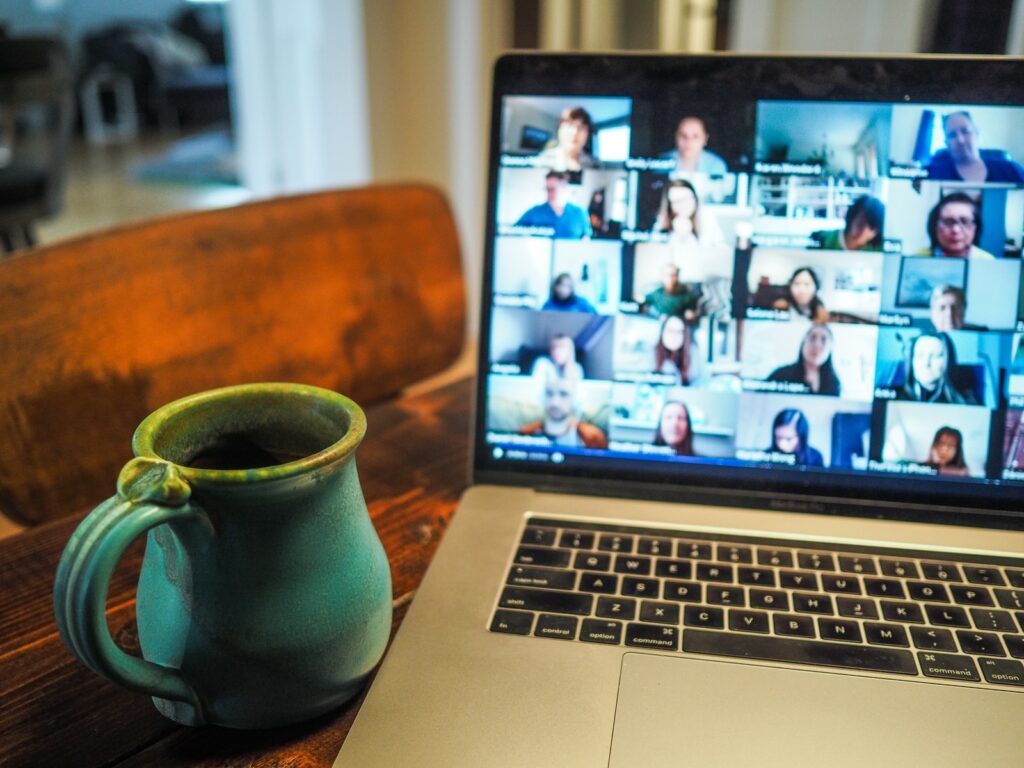With the Corona pandemic, not only companies were forced into action, universities also had to find solutions in the shortest possible time in order to maintain academic studies. The Westphalian Wilhelms University was exemplary in its prompt reaction and presented a digital solution called “WWUzoom” right at the beginning of the pandemic. This is a version of the video communication platform “Zoom”, which was concluded with the WWU.

Even though most people, states, industries, etc. have lost financially under Corona, Zoom, on the other hand, has been able to record its most successful company phase to date. The share price literally went through the roof.
But in conclusion, the question could arise:
Why Did Zoom Go Through the Roof and Not vr Technology with Spatial?

Zoom is by no means a tool that trumps in terms of unique functions. Zoom is also no more feature-rich than Microsoft Teams, for example. Zoom is also no longer the exclusive player. But why is Zoom still so popular?
“Make video communications frictionless.”
With this statement, Zoom describes their mission on their About Us page. In other words, they want the product to be as convenient and user-friendly as possible. This advantage is not always immediately obvious. Sometimes you may never recognise the precise advantages, but once you start using other platforms, the feeling may come that you would rather switch to Zoom after all.
Of course, there are factors in the university background such as costs and availability and so on, which I do not want to go into further. Rather, I find the question exciting:
Are VR and Spatial Not User-Friendly Enough?
As with any new technology, indispensable preparatory activities are required. If VR and Spatial should be integrated in universities, there is an immense effort for the IT division. Lecturers and students in many cases are forced to familiarise themselves with the new technology. While the prerequisite for Zoom to be able to use a PC is generally fulfilled, the situation is slightly different with VR. It is hardly assessable how high the effort and thus the costs for such a comprehensive training would be. We remember it from school: when the teacher was able to get the TV to work, the lesson was already over.
Another concern relates to the input quality of the VR goggles. Well known to all, VR goggles are not constructed to be operated with a mouse and keyboard. This technology relies much more on simple gestures. On the one hand, these are very intuitive, but on the other hand, the input is not sufficiently precise to work productively. As a result, these input problems in turn lead to output problems.
Even if in the process or work in Spatial the participants understand each other’s work and ideas, there is still technically no adequate mechanism to convey them to the broader external audience. Neither is it possible to export the spatial nor to visualize it in a way that is accessible to conventional users.
You don’t buy a PC if you only want to watch Blu-rays. It’s the same with VR goggles. Even if we assume that Spatial improves usability in terms of input and output handling, there is still a shortage of productive apps. Overall, the usability issues in many cases are linked to the absence of a sufficient quantity of productive apps. For instance, an independent app developer that can technically record 360-degree VR rooms.
The market for VR goggles is far below the point where enough app developers are willing to develop apps that might enhance the usability of the user experience. This and the costs involved mean that VR is more likely to remain a topic for the future for the masses in universities and schools.



